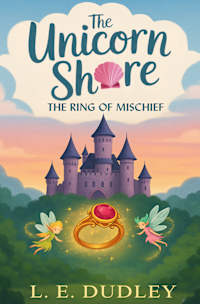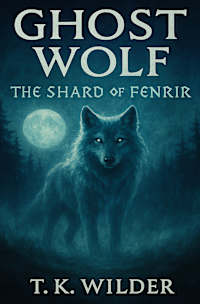On the heels of the last blog about motivation for writing, I recently came across an interesting article which discusses the importance of writing things down by hand and the benefits unique to doing so. I'm not going to link the article because it wasn't well cited; however, I compiled the research and am presenting to you, A Case for Handwriting.
I am a huge advocate of developing typing skills. As a child in the late 1980s, I remember being bewildered by how fast my mother typed and made...

